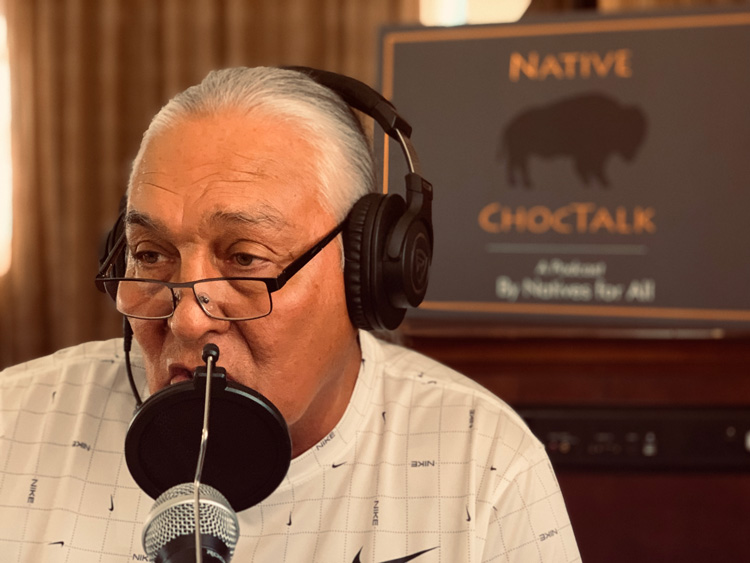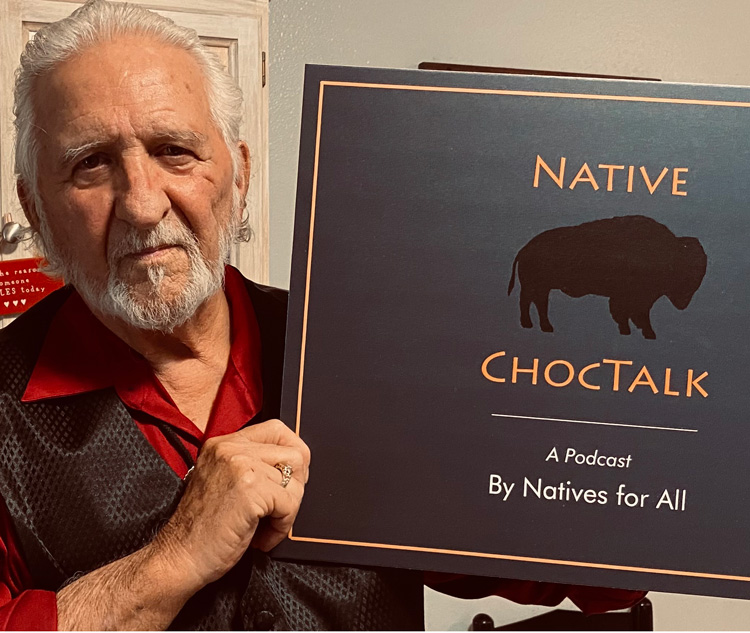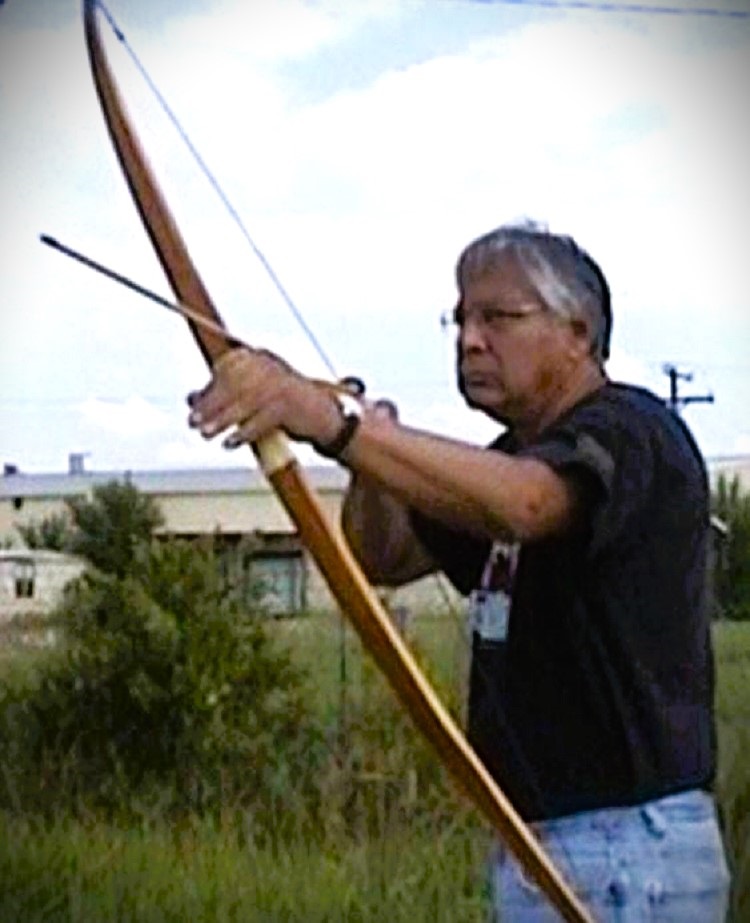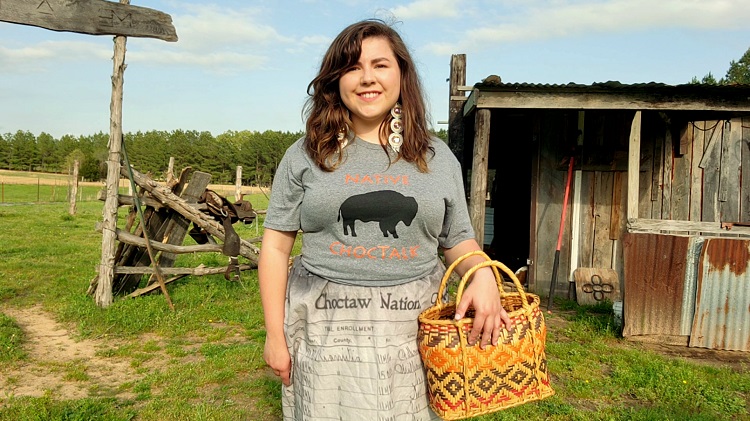Welcome to Native ChocTalk
In 1928 a Chief of the Osage said, “Someday this oil will go and there will be no more fat checks every few months from the Great White Father. There'll be no fine motorcars and new clothes. Then I know my people will be happier.”
There’s a much-anticipated movie premiering in 2022 called Killers of the Flower Moon, directed and produced by Martin Scorsese, starring Robert De Niro and Leonardo DiCaprio and a whole cast of Native Americans such as Lily Gladstone, Tantoo Cardinal (Dances with Wolves), Nathaniel Arcand (Homeland) and more.
This movie is extremely significant for the Native American community in that an incredibly atrocious, yet vital story of the Osage is brought to light that is representative of way too many stories of our Native communities. But it’s also significant in that it’s one of the few movies that actually includes Indigenous people (finally!) and it’s being filmed in Oklahoma (finally, again!), in the areas where the incident took place.
The movie is based on the book, Killers of the Flower Moon and covers a time in the 1920s in what is known as “the Reign of Terror” in Osage County, Oklahoma.
During that time, with their rich mineral rights, the Osage reservation brought in $27 million a year via their 8,000+ wells. The tribe would distribute royalties from the profit to each Osage allottee which was called a headright. It was reported that with this newfound wealth, each Osage had approximately 11 cars, as well as servants, chauffeurs and mansions. Unfortunately, there were people out there who wanted a piece of that wealth and soon, many of the Osage went missing.
Listen to this week’s episode of Native ChocTalk where I talk with an extra from the movie, Mike Mushulatubbe Simpson, Choctaw. Mike is loved by everyone he meets and he himself is a great storyteller. I hope you’ll enjoy hearing from Mike about a statement Leonardo Di Caprio made during filming, about the interesting stories of the various Native Americans he met while on set. You’ll also learn about the background of this heartbreaking story of the Osage.
For those who haven’t heard the story, who do you think was responsible for possibly hundreds of murders among the tribe? Be sure to write to me on Facebook – I want to hear your take!
Yakoke!
Facebook: https://www.facebook.com/nativechoctalkpodcast
 |
 |
 |
 |






